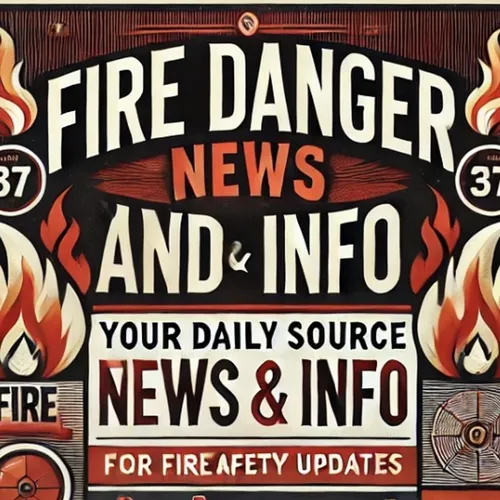Groundbreaking USGS Research Tackles the Growing Wildfire Crisis in the Western US
- Author
- Quiet. Please
- Published
- Sat 27 Jul 2024
- Episode Link
- https://www.spreaker.com/episode/groundbreaking-usgs-research-tackles-the-growing-wildfire-crisis-in-the-western-us--60830035
Wildfires in the western United States pose significant threats to ecosystems, communities, and economies. As climate change intensifies, the need for advanced fire science becomes critical. The U.S. Geological Survey (USGS) is at the forefront of wildfire research, developing innovative strategies to predict, manage, and mitigate these destructive events.
Wildfires have become increasingly frequent and severe, attributable to factors such as prolonged droughts, higher temperatures, and dense vegetation. The USGS Wildland Fire Science program employs state-of-the-art technology and scientific methodologies to address these challenges. Through satellite imagery, remote sensing, and geospatial modeling, USGS scientists can monitor fire-prone areas, assess potential risks, and develop effective response strategies.
One crucial aspect of USGS's fire science is the integration of ecological data to understand how wildfires impact various habitats. By studying fire behavior and its aftermath in different ecosystems, researchers can predict which areas are most vulnerable and develop tailored conservation approaches. This knowledge is essential for restoring landscapes and ensuring the survival of native species.
Moreover, USGS fire science extends to community resilience. Understanding fire patterns and risk factors aids in developing urban planning and land-use strategies that minimize the impact on human settlements. By collaborating with local governments and fire management agencies, USGS helps to implement policies that protect lives and property.
The USGS also plays a vital role in advancing firefighting techniques. By providing real-time data and predictive models, firefighters can make informed decisions during emergencies. These tools enhance the efficiency and safety of firefighting efforts, ultimately reducing the damage caused by wildfires.
To further explore how USGS science is revolutionizing wildfire management, visit the USGS Wildland Fire Science webpage. Discover the cutting-edge research and technological innovations that are making a tangible difference in combating wildfires out west.
